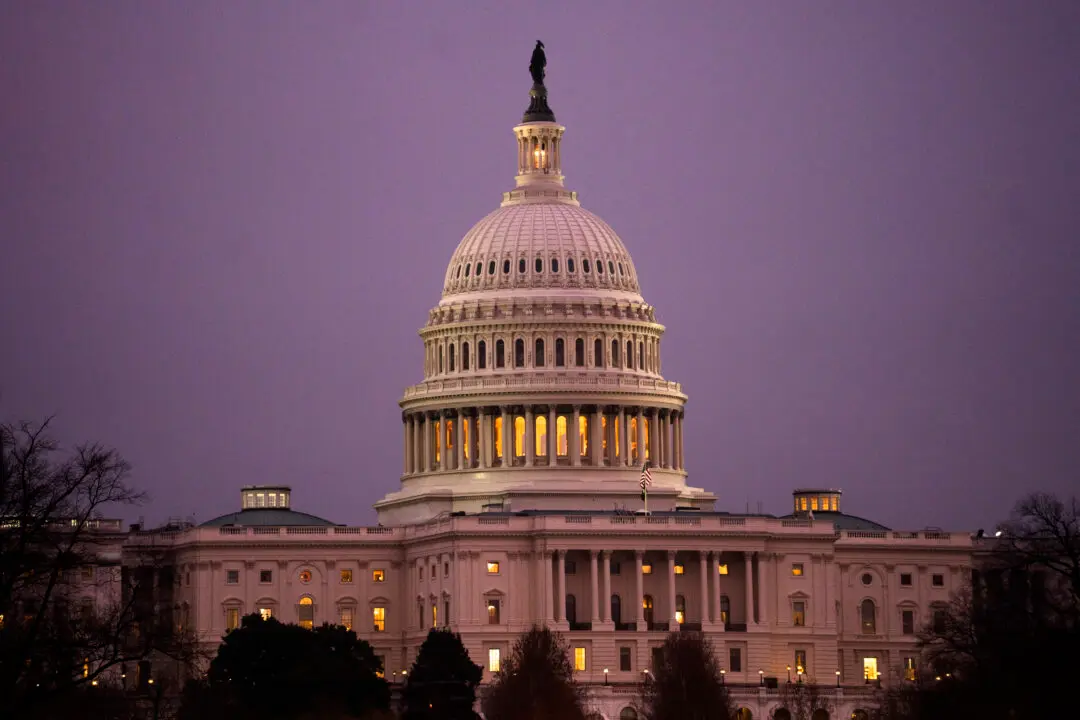The Environmental Working Group (EWG) has updated its database on tap water in the United States, revealing where testing has detected potentially deadly pollutants in the nation’s water systems.
First published in 2005, the database was most recently updated in 2018.





